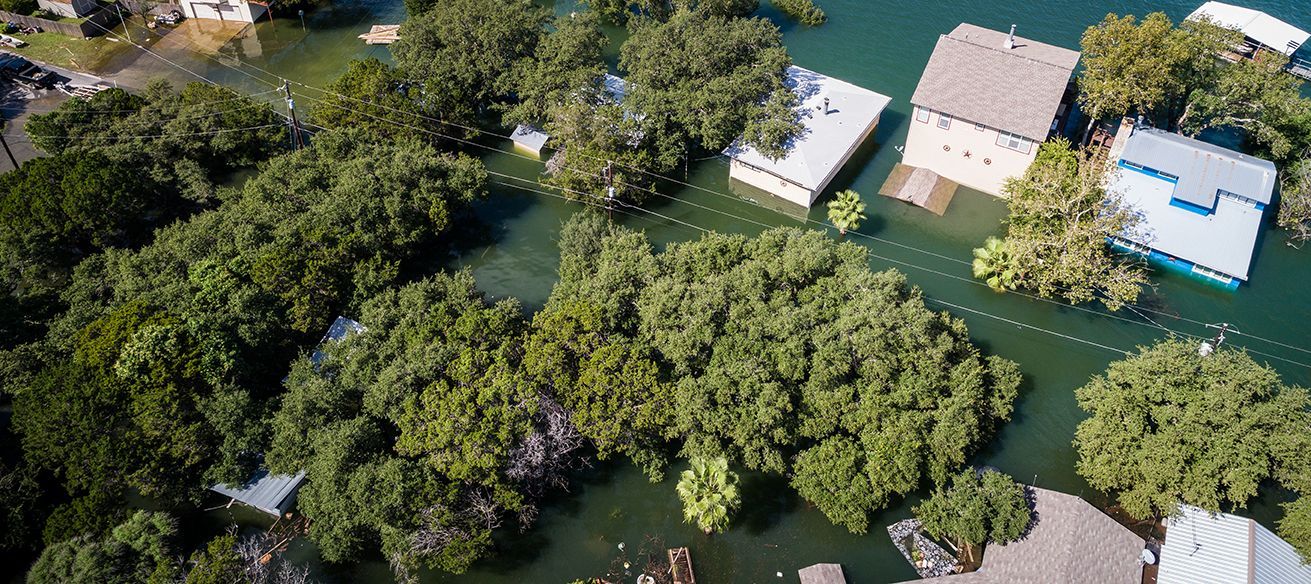July 22, 2025
Flood risk and insurance costs are growing concerns for many municipalities — but with the right strategies, local governments can make measurable progress in protecting lives, property, and budgets. The City of Central, Louisiana, offers a strong example of how targeted actions can reduce flood risk and deliver financial benefits to residents. Through a sustained partnership with the Institute for Building Technology and Safety (IBTS), Central achieved a Class 5 rating in FEMA’s Community Rating System (CRS), resulting in a 25% discount on flood insurance premiums for all Central residents and businesses. Only two other communities in Louisiana have achieved this rating. In this blog post, Brandon Whitehead, IBTS Floodplain Manager, outlines key actions that contributed to Central’s success, including his top five recommendations for how municipalities can strengthen their own floodplain management programs and improve their CRS ratings. Background: IBTS and City of Central Partnership For more than a decade, IBTS has supported Central’s municipal operations through a nonprofit private partnership (NP3) model, using an integrated and cost-effective team to deliver complete municipal services (excluding police and fire). This long-standing relationship has provided Central with specialized expertise in planning, permitting, ordinance development, and floodplain management , while maintaining consistency across compliance and emergency preparedness efforts. Following significant damage during historic 2016 flooding, Central and IBTS have taken numerous steps to reduce vulnerability, strengthen local policy, and build long-term resilience to flood risks — all of which led to an improved CRS score. The CRS is a voluntary incentive program administered by FEMA that rewards communities for implementing floodplain management practices that exceed minimum National Flood Insurance Program (NFIP) requirements. The program offers progressively greater flood insurance discounts as communities achieve better classifications, ranging from Class 9 to Class 1. As Brandon explains, “Our most recent improvement from a Class 7 to a Class 5 rating means we’re not only helping property owners save money on premiums, but also actively reducing flood risk across our community. While every community’s path will look different, there are several practical, proven steps that most municipalities can take to strengthen their CRS ratings.” Here are Brandon’s top five strategies municipalities can use to follow Central’s lead and reduce flood risk: 1. Appoint a Qualified Floodplain Manager CRS success starts with strong leadership. Central designated a floodplain coordinator with technical expertise and deep knowledge of FEMA regulations, ordinances, and compliance. Rather than tasking administrative staff with this complex role, cities like Central have brought in specialists — in this case, through IBTS — to guide CRS strategy and implementation. 2. Strengthen Local Ordinances for New Development Central updated its development codes to protect existing properties from increased runoff and flood risk. These updates include: Enhanced drainage requirements for new construction Mandatory assessments to ensure no off-site impact (upstream or downstream) Stricter elevation rules for buildings in flood-prone areas Reduced substantial damage threshold from 50% to 45% of pre-disaster market value, triggering elevation requirements for more structures These changes not only supported CRS goals but also reflected Central Mayor Wade Evans’ push for smarter development and public safety. 3. Use GIS and Modeling Tools to Map Risk With support from engineering partner CSRS, Central developed a hydraulic model to monitor drainage systems and identify high-risk areas. With these tools integrated into the City’s GIS, development applications could be evaluated for impact — enabling more informed planning decisions and protecting legacy neighborhoods. Real-time flood gauges are now being piloted to provide early warnings and improve emergency response. 4. Establish Long-Term Hazard Mitigation Plans Central worked with East Baton Rouge Parish to develop a multi-jurisdictional hazard mitigation plan , laying the foundation for infrastructure upgrades, grant funding, and coordinated response. The CRS program awards points for these collaborative efforts, which also contribute to resilience. 5. Limit Use of Enclosures Below Elevated Structures To reduce post-disaster damage and future NFIP claims, Central implemented new limits on enclosed areas under elevated homes (typically used for parking or storage). Homeowners are required to: Keep these enclosures non-residential Sign compliance agreements Undergo annual inspections This practical policy earned CRS credit and helped preserve the intent of elevation requirements. Where to Start Communities don’t need to go at it alone. IBTS partners with municipalities to provide floodplain management services, ordinance development, planning support, and CRS strategy. Whether you’re starting with a Class 9 rating or aiming for Class 1, a structured approach can produce real, measurable benefits for your community. Interested in improving your CRS rating? Contact IBTS to learn how we can support your community’s flood resilience goals.





